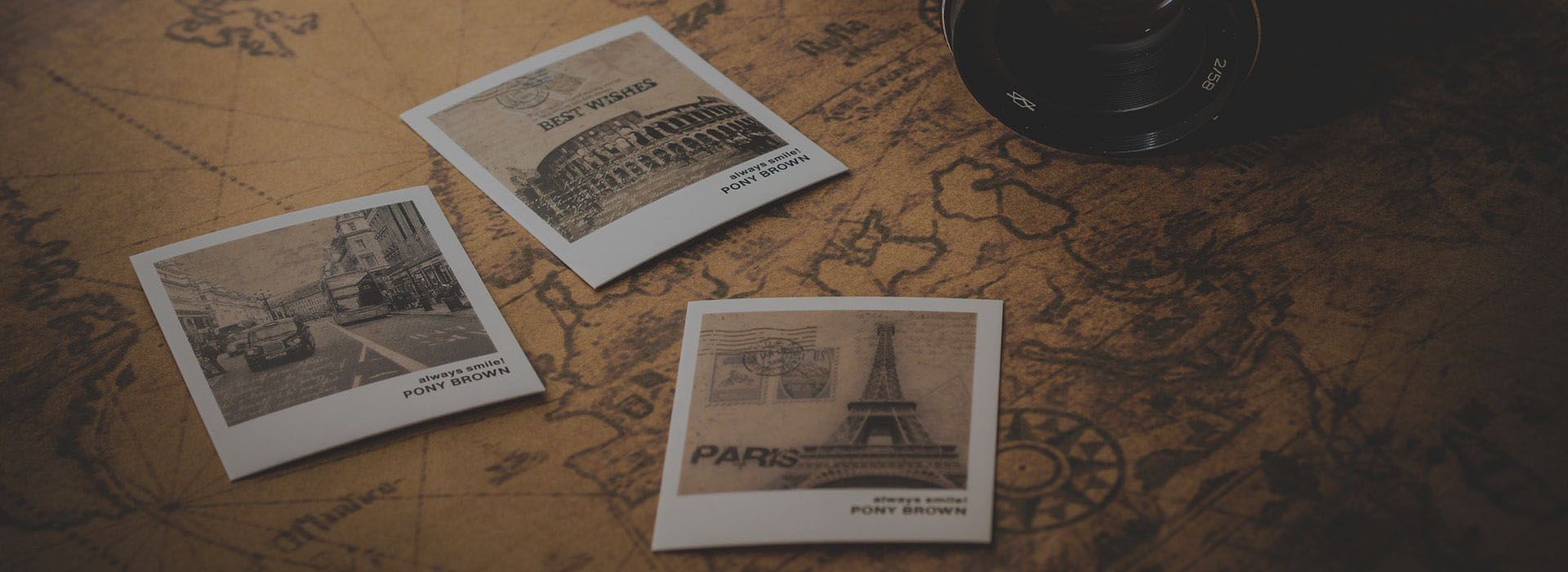Jiangxi
Jiangxi is one of China’s southern provinces and spans from the banks of the Yangtze River in the north into mountainous areas in the south. Jiangxi is centered on the Gan River Valley, which historically provided the main north-south transport route of south China. It is landlocked and surrounded by six other provinces.
Nanchang
Nanchang is the capital city of Jiangxi Province but is home to just 2 million people, making it small by Chinese standards. Used mainly as a transit point to the more appealing attractions of Jingdezhen and Lushan, Nanchang is best known for its part in consolidating the Communist Party’s Power in the 1920’s.
People’s Square
People’s Square is located to the east of Bayi Park and is home to numerous communist icons including the Monument to the Martyrs.
Monument to the Martyrs
The Monument to the Martyrs Statue sits proudly in People’s Square. The Monument was built in memory of the martyrs who laid down their lives in the Nanchang uprising of 1927.
Youmin Temple
Located in the centre of the city, Youmin Temple is a Zen Temple that Mazu, the famous Tang Dynasty Zen master resided at for long periods.
Po Yang Lake
Po Yang Lake is the largest freshwater lake in China. The lake provides habitat for a half million migratory birds and is a favorite destination for bird watching. It is fed by the Gan and Xiu rivers, which connect to the Yangtse through a channel.
Jingdezhen
Jingdezhen has been termed the “Porcelain Capital of China” because of its history of pottery production. For over 1700 years, pottery has been produced in kilns here, including ceramics for the occupants of the Forbidden City in Beijing.
Museum of Chinese Porcelain
The Museum of Chinese Porcelain houses an array of porcelain sculptures, bowls and vases.
Jiujiang
A noted town in ancient China, for years it served as a communication center along the middle reaches of the Yangtze and a town of strategic importance. Jiujiang is the second largest city in the Jinagxi Province and is the major gateway for trips to Lu Shan and Lushan National Park.
Misty Water Pavilion
Located in Gantang Lake, The Misty Water Pavilion is said to have served as the command post for Zhou Yu, a celebrated general of the period of the Three Kingdoms (220-280), when he was training naval forces here. The pavilion is linked with land by an arch bridge with nine bends.
Nengren Temple
Nengren Temple is the largest historical structure in Jiujiang. It is one of the major protected temples in China. The design of this temple is characteristic of Chinese architecture.
Lushan
Lushan, 150kms from the capital Nanchang, has been used a summer retreat for centuries, most notably by Europeans in the 19th Century. The stunning mountain vistas and the European styled architecture have created an unique environment, ensuring its popularity for years to come.
Meilu Villa
Established in 1903 by Britain’s Lord Lannoze, Meilu Villa reflects a British architectural style with winding corridors. From 1934, it became the official summer residence of the political party, KMT. During the meetings of the Central Committee of the Communist Party of China, Mao Zedong also lived here.
Dragon Head Cliff & Immortals Cave
At Lu Shan’s northwestern rim, there are stunning views of the surrounding plains, as the mountain falls abruptly away. There is a popular walking track which leads to the Immortals Cave and the Dragon Head Cliff. The vertical drop here is not for the faint-hearted.
Lushan Museum
The Lushan Museum used to be Chairman Mao’s residence when he was visiting Lushan and today, the museum explains the communist leanings of the town.
Jinggang Shan
Although Jinggang Shan has spectacular mountain views and tree-lined streets, it is most well known for being the starting point of Mao’s infamous Long March to Shaanxi in 1927.
Five Dragon Pools
Located 6kms north-west of Ciping, the main town of Jinggang Shan, Five Dragon Pools are 5 waterfalls. The views alone are worth the trek.
Huangyangjie Viewing Point
At nearly 1500m above sea level, Huangyangjie Viewing Point is another spot offering spectacular views of the surrounding countryside.
Five Fingers Peak
Sitting just slightly lower than Huangyangjie, Five Fingers Peak offers similar views and is famous in China for being the portrait on the back of the old 100 Yuan note.
Revolutionary Museum
The Revolutionary Museum, as the name suggests, explains the struggle between the Communists and the Kuomintang in the 1920’s.


